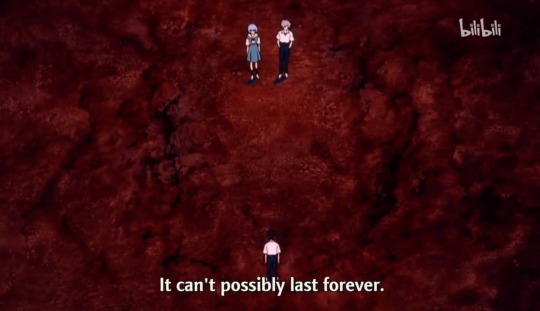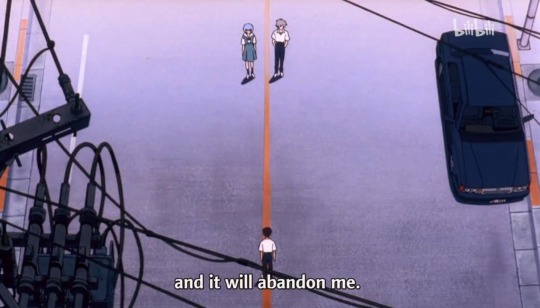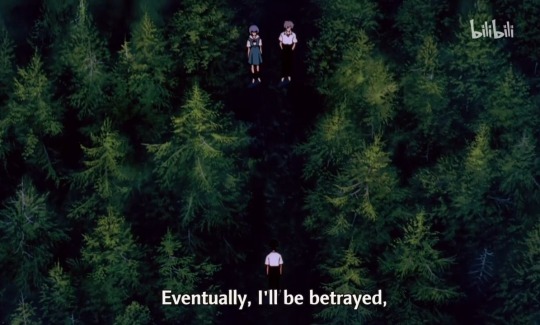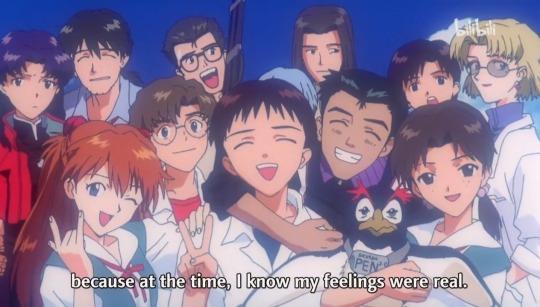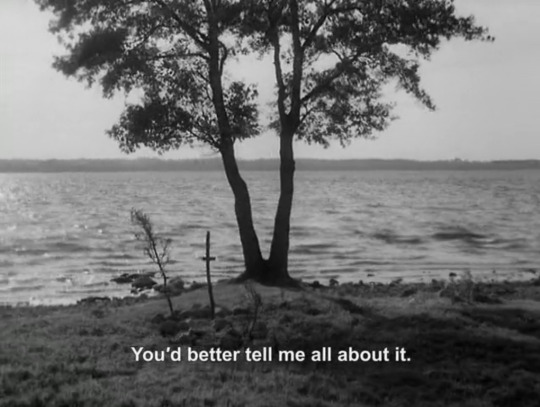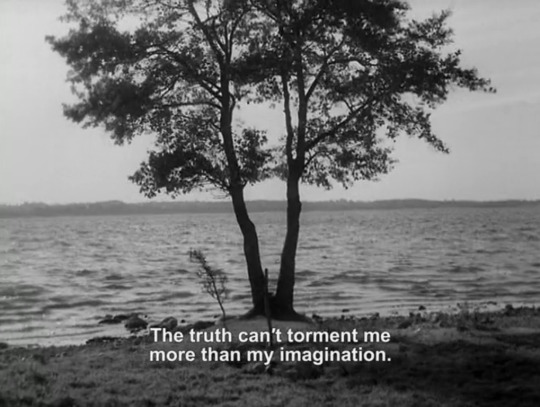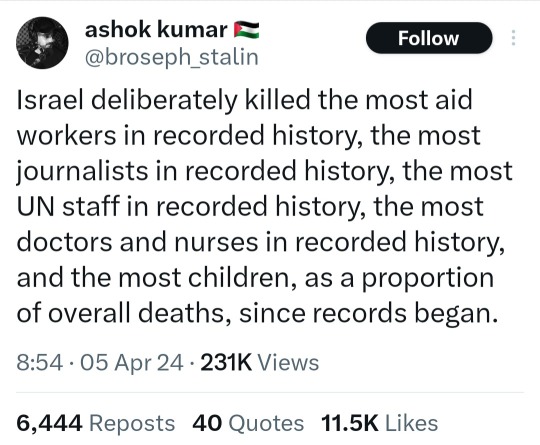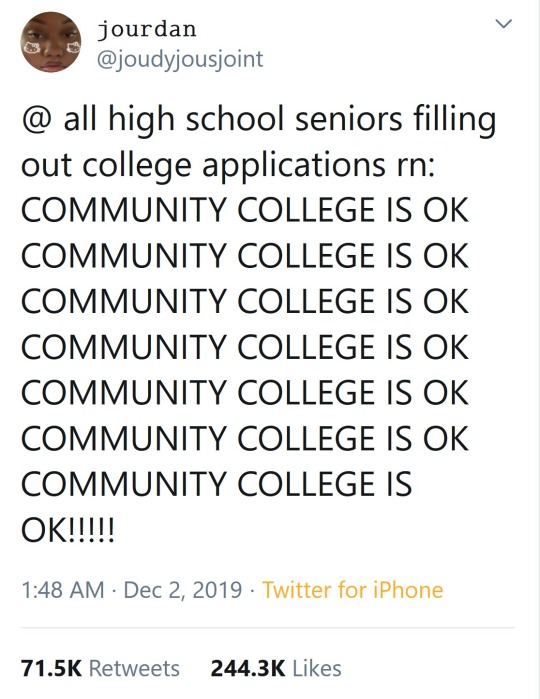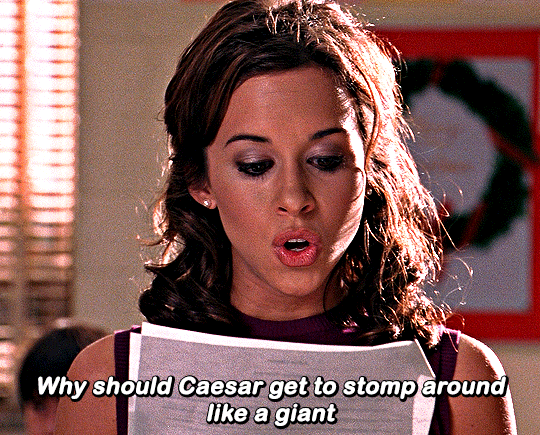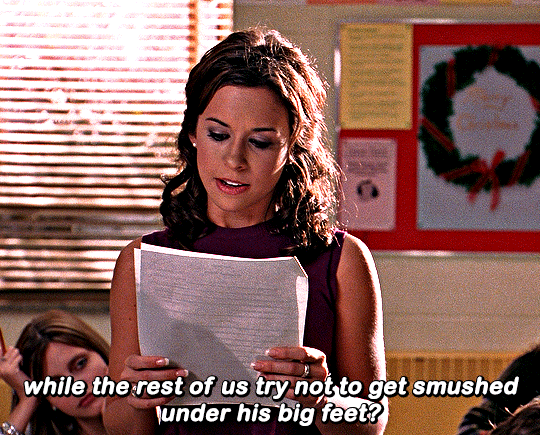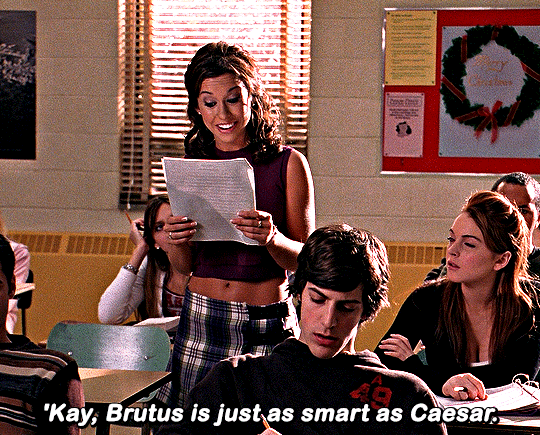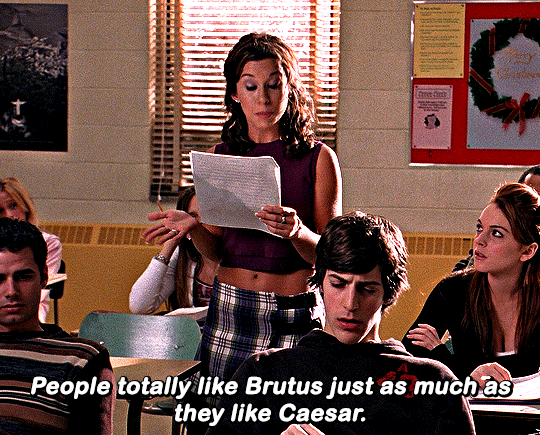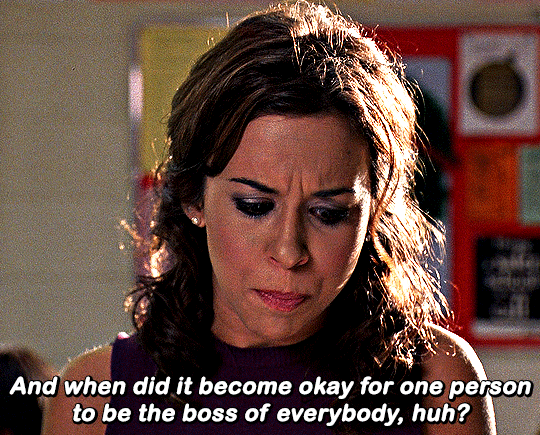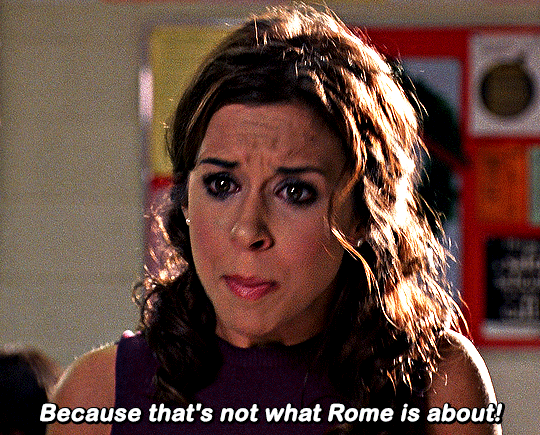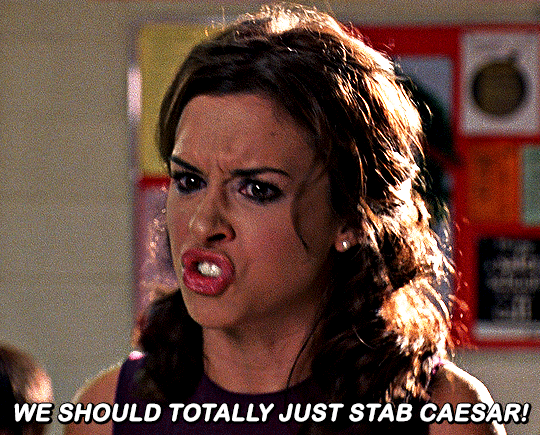Text
the stuff going on at columbia campus rn is genuinely incredible
42K notes
·
View notes
Text
Why do some people think that stories portraying darker subject matter is always an inherently bad thing?
I’ve recently encountered this weird mindset in regards to certain online fandom spaces, wherein people will argue that fictional characters experiencing intense trauma and pain is somehow inherently problematic and negatively reflects on the creator’s skills or ethics. This feels like such a narrow-minded and shallow understanding of a piece of media, since characters undergoing hardships is often a necessary element for them to grow and develop as the narrative progresses. Plus, while some stories can indeed be more intense and graphic in what types of trauma is depicted, it’s mere inclusion doesn’t automatically make the story or it’s author inherently bad. For instance, even though I personally haven’t read the manga series Berserk by the late Kentaro Miura (May he Rest In Peace…), based on what I’ve heard from others while the series does include graphic depictions of sexual assault which the main protagonist Guts suffered from in his past, said-assaults are NOT framed in a gross or exploitative way, but are instead utilized to analyze and discuss the character’s feelings of physical and psychological trauma derived from said-horrible events, and heavily factors into Guts' overall backstory and development as a character as he tries to heal from the violent trauma of his past and discover some sense of happiness in a bleak world.

And yet despite this I’ve encountered a few people accuse Berserk of being “pro-rape” or even outright stating that Miura “deserved to die” (which is an absolutely disrespectful and disgusting thing to say!) simply because he included these darker elements in his manga. Like... that's as stupid as someone claiming that Quentin Tarantino is automatically "pro-murder" simply because his movies include lots of scenes of characters killing each other.
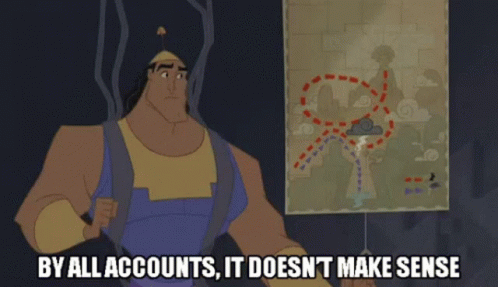
I’ve also encountered far less overtly toxic examples of this kind bad faith media criticism in comic circles. Awhile I was incredibly confused when I saw some people on Twitter arguing that Saladin Ahmed was “ill-suited to writing teenage characters” simply because of two scenes in his Miles Morales: Spider-Man & Magnificent Ms. Marvel runs respectively, which involved Miles being tortured by the new supervillain, The Assessor (who would later make clones of Miles as a result), as well as the final battle between Ms. Marvel and her evil robot-duplicate Stormranger getting quite brutal at times (you could see blood from the impact Stormranger’s punch).


In regards to the Miles’ torture scene, I've seen a small number of people argue that the scene's existence was inherently inappropriate due to Miles' status as a Black minor, going as far as to label it as "dehumanizing" and "really insensitive to the real trauma of black boys." I'm not sure how I feel about this as those labels feel a tad extreme due to the fantastical nature of Miles' stories. Like, as brutal as the scene with the Assessor is, it’s at least given a more ficitional sci-fi vibe due to the high-tech laboratory, the Frankenstein operating table, and the fact that this whole ordeal leads directly into Miles' own version of Spider-Man: Clone Saga after The Assessor acquires Miles’ DNA in the process. So it feels less grounded and not as reflective of those real-life traumatic experiences Black men and boys unfortunately go through in the U.S. like I saw a few critics of Ahmed’s run claiming. Plus, Ahmed had Miles be rescued by both his father Jefferson Morales and Uncle Aaron Davis teaming-up together. So the narrative frames the Assessor’s torture of Miles as a bad thing whilst depicting two older Black men actively putting aside their personal differences in order to save their son/nephew as a major narrative focus as well. How exactly is it "dehumanizing" or "inappropriate" then?
And it seems like this bizarre criticism isn’t just limited to Twitter comic fandoms, since a certain Lily Orchard recently made an AWFUL video which outright accused animation fandoms and creators of “fetishizing the torture and abuse of POC women” in cartoons like The Legend of Korra, The Owl House, and She-Ra and the Princesses of Power. As soon as I saw the thumbnail for that video I knew it was going to be an absolute dumpster fire.

In it, not only does Lily engage in those similar types of arguments like the ones I mentioned earlier about Saladin Ahmed’s portrayal of Miles & Kamala, but Lily went multiple steps further by outright accusing various scenes from The Legend of Korra, The Owl House & She-Ra of being “literal torture p*rn” and “fetishized abuse against POC women.” With Korra, Lily accused the scenes of Korra brutally poisoned with the Red Lotus’ liquid metalic venom, Korra still being significantly weakened by the poison during her final battle with Zaheer (causing her to fall and tumble down cliff-sides) and Zaheer trying to use his air-bending to suck the oxygen right out of Korra’s lungs (the same technique he previously used to assassinate the Earth Queen), plus the Unalaq fight from the Season 2 finale where extracts the Avatar spirit from Korra and kills all her past lives one by one with a water-whip as “white centrist writers being turned on by the trauma and torture of a woman of color.”
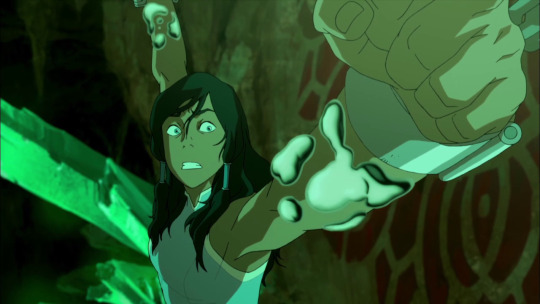
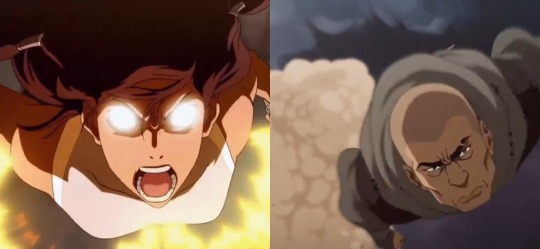


And in regards to She-Ra, Lily accused Catradora shippers of being an example of fandom going “full mask-off” simply because she found 2 or 3 random comments defending Catra’s abusive behavior prior to her gradual redemption arc in the final season simply because they found the Adora & Catra fights “hot” (which I know for a fact does NOT represent the entirety or even majority of the She-Ra fandom & Catradora shippers).
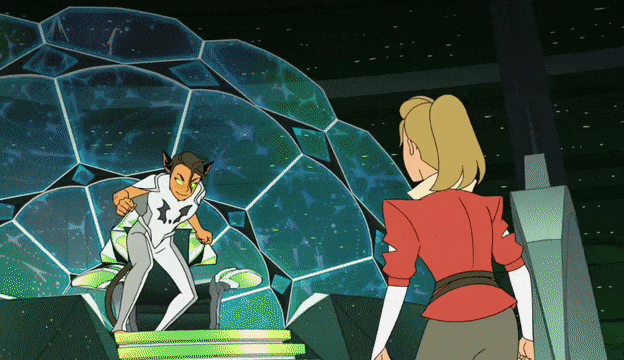
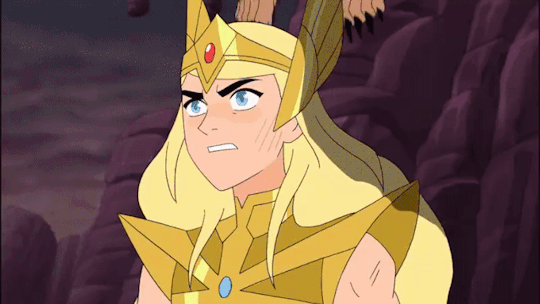


It’s just… I honestly don’t understand why Lily is describing these scenes as “torture p*rn” or “abuse fetishizing.” Like, it’s not unexpected for characters to undergo traumatic crap during their story arcs, and most often it’s for the purposes of raising the dramatic stakes of the conflict or to have said-characters eventually undergo some sort of positive change arc (which is what happens in both Korra and She-Ra btw). While the abuse Korra suffers at Zander’s hands is indeed violent, it’s intentionally disturbing and off-putting in order to increase the viewer’s suspense and fear over whether or not the main character will get out of this alive. Personally, when I first watched the Season finale of “Book 3,” I was on the edge of my seat and constantly worried for Korra’s survival, and while she is left physically and psychologically scarred by the whole ordeal I’ve heard that the entirety of “Book 4” (which I still haven’t seen BTW) focuses on Korra healing from her trauma and becoming more spiritually enlightened in the process. YouTuber and MarySue author, Princess Weekes, though had some interesting analyses about Korra’s portrayal of overcoming trauma and how its heavily rooted in East Asian philosophy, despite Weekes' overall mixed feelings about the series in general:
And while I can’t comment on The Owl House (again, haven’t watched any of it), I can say that Lily’s characterization of Catradora as “torture p*rn/abuse fetishization” is 100% wrong since the show frames Catra’s behavior towards Adora and others throughout Seasons 1-4 as toxic and unhealthy, and Season 5 is all about her fixing herself on her own volition after realizing the harm she’s caused, and it’s only AFTER all of that when Adora & Catra become lovers. But the way Lily describes the scenes in Korra & She-Ra (which are honestly pretty PG in their levels of brutality despite being fairly dark for family-friendly animation) you’d think she was talking about some over-the-top violently explicit tentacle hentai or something, as she even goes as far as to compare the Korra & Zaheer fight to FREAKING The Passion of the Christ (seriously… Lily actually compared Korra to Mel Gibson's antisemitic guilt-tripping exploitation film which unnecessarily stretches out Jesus' torture and crucifixion; which in the Bible occurred in just a few brief passages instead of 2-and-a-half hours like in the movie).
Geez… given how Lily so inaccurately mischaracterizes these scenes from Korra and She-Ra, I’d honestly hate to see she’d react to Neon Genesis Evangelion, which is heavily centered around the characters suffering from intense depressive episodes and experiencing emotional breakdowns, whilst also including lots of psychoanalytical and disturbing imagery. Knowing Lily, she’d probably ignore the fact that NGE’s director Hideaki Anno was suffering from severe depression while creating the series (which heavily influenced the show’s overall production and themes), and instead accuse all the depictions of depression and trauma in EVA of being “unrealistic” and “inaccurate” since according to her all fictional depictions of trauma are inherently inaccurate since there’s no one universal depiction of trauma (Lily actually said that in her terrible video), and accuse all of the series’ violent and sexual imagery of being “torture p*rn” whilst calling Anno a “perverted abuse-fetishizing creep who is turned on by torture” (which feels incredibly SWERFy on Lily’s part, as well as needlessly hostile towards people who are into BDSM or sado-masachism and practice it safely and consensually) just like she did to the creators of Korra, Owl House, and She-Ra (even though NGE and especially the movie The End of Evangelion is highly critical of exactly that kind of gross and toxic behavior within Japanese Otaku subcultures).

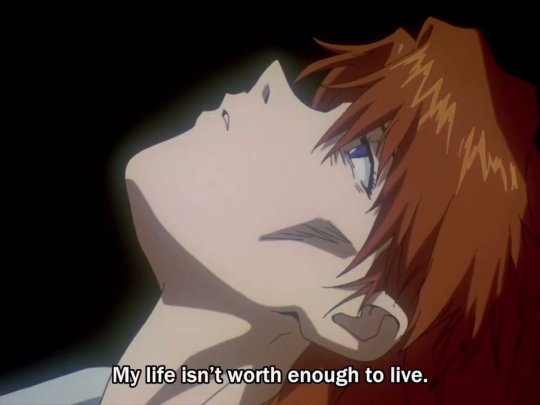

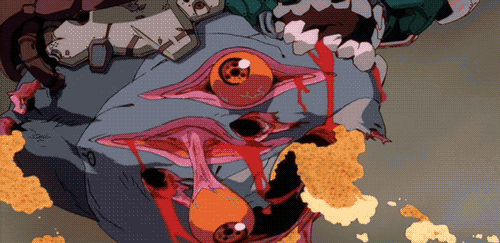
So my overall question is this: why do Lily and some other people think that including intense trauma or brutal torture scenes in comics or animation, even when said-scenes they're framed in the story as bad things are inherently “problematic,” “dehumanizing,” “fetishistic,” or “torture/trauma p*rn”? It's like... I can understand not wanting to stomach intensely violent or depressing scenes if they can't handle them, or being critical if they feel unnecessarily mean-spirited or exploitative, but often times having darker elements is an unavoidable aspect of giving a story a sense of conflict. Conflict is necessary in order to have a plot or to develop characters, except it feels like a lot of people on social media believe that the mere inclusion of any type of darker conflict or subject matter is inherently ethically dubious regardless of how its framed within the overall narrative.
I just don't get this kind of mentality and why it's become so prevalent online these days... I really don't...
382 notes
·
View notes
Photo










The Art of Titus Kaphar
Titus Kaphar was born in 1976 in Kalamazoo, Michigan. He currently lives and works between New York and Connecticut, USA. His artworks interact with the history of art by appropriating its styles and mediums. Kaphar cuts, bends, sculpts and mixes the work of Classic and Renaissance painters, creating formal games and new tales between fiction and quotation.
97K notes
·
View notes
Text
Good Traits Gone Bad
Exploring good traits gone bad in a novel can add depth and complexity to your characters. Here are a few examples of good traits that can take a negative turn:
1. Empathy turning into manipulation: A character with a strong sense of empathy may use it to manipulate others' emotions and gain an advantage.
2. Confidence becoming arrogance: Excessive confidence can lead to arrogance, where a character belittles others and dismisses their opinions.
3. Ambition turning into obsession: A character's ambition can transform into an unhealthy obsession, causing them to prioritize success at any cost, including sacrificing relationships and moral values.
4. Loyalty becoming blind devotion: Initially loyal, a character may become blindly devoted to a cause or person, disregarding their own well-being and critical thinking.
5. Courage turning into recklessness: A character's courage can morph into reckless behavior, endangering themselves and others due to an overestimation of their abilities.
6. Determination becoming stubbornness: Excessive determination can lead to stubbornness, where a character refuses to consider alternative perspectives or change their course of action, even when it's detrimental.
7. Optimism becoming naivety: Unwavering optimism can transform into naivety, causing a character to overlook dangers or be easily deceived.
8. Protectiveness turning into possessiveness: A character's protective nature can evolve into possessiveness, where they become overly controlling and jealous in relationships.
9. Altruism becoming self-neglect: A character's selflessness may lead to neglecting their own needs and well-being, to the point of self-sacrifice and burnout.
10. Honesty becoming brutal bluntness: A character's commitment to honesty can turn into brutal bluntness, hurting others with harsh and tactless remarks.
These examples demonstrate how even admirable traits can have negative consequences when taken to extremes or used improperly. By exploring the complexities of these traits, you can create compelling and multi-dimensional characters in your novel.
Happy writing!
51K notes
·
View notes
Text
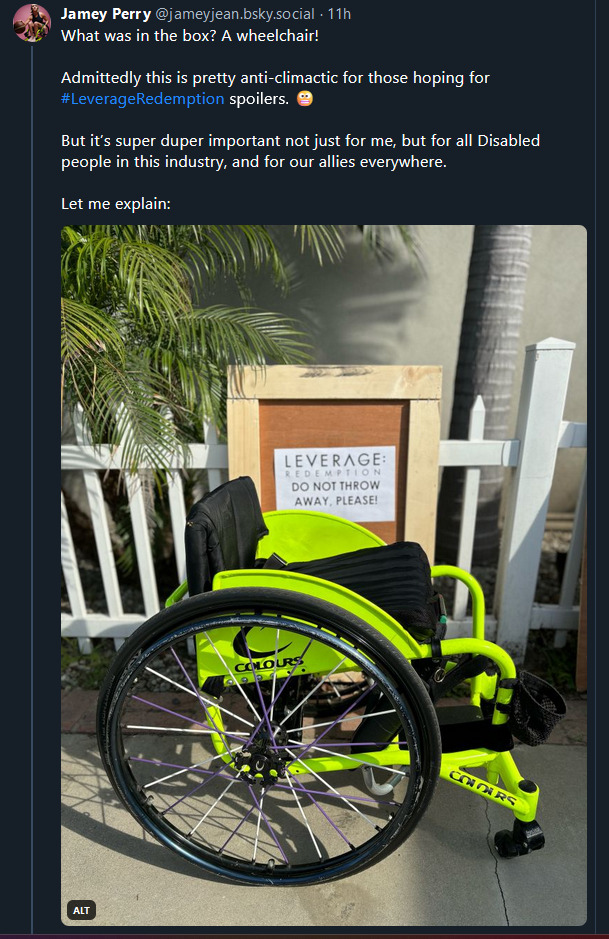
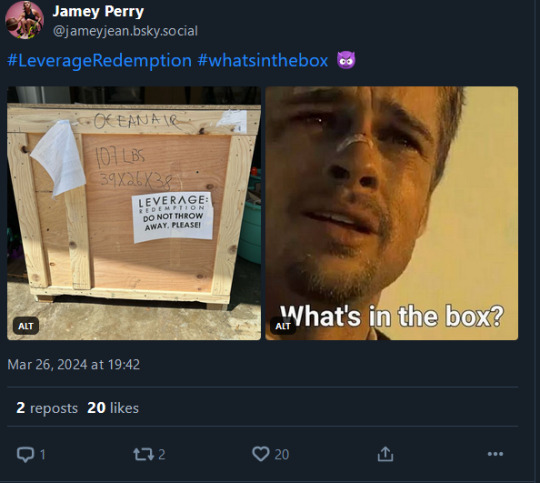

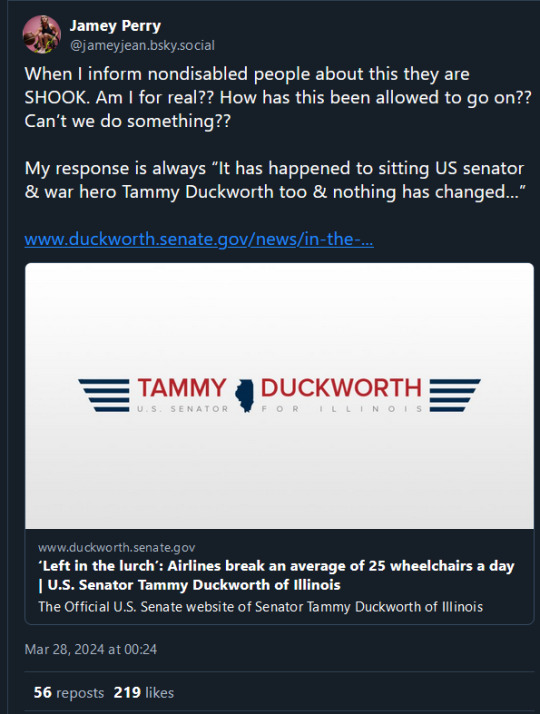

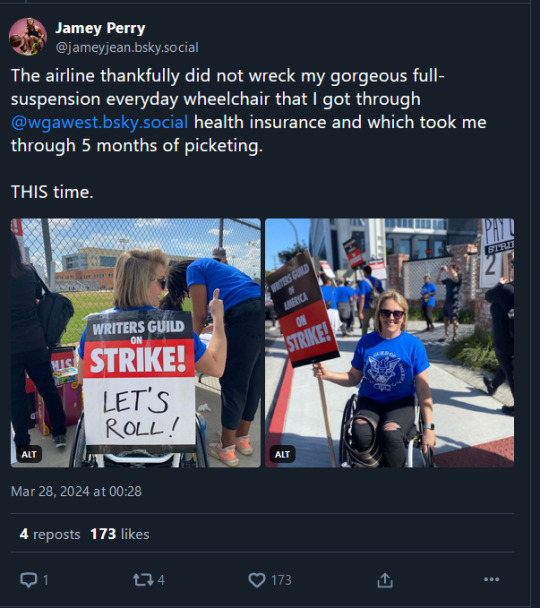
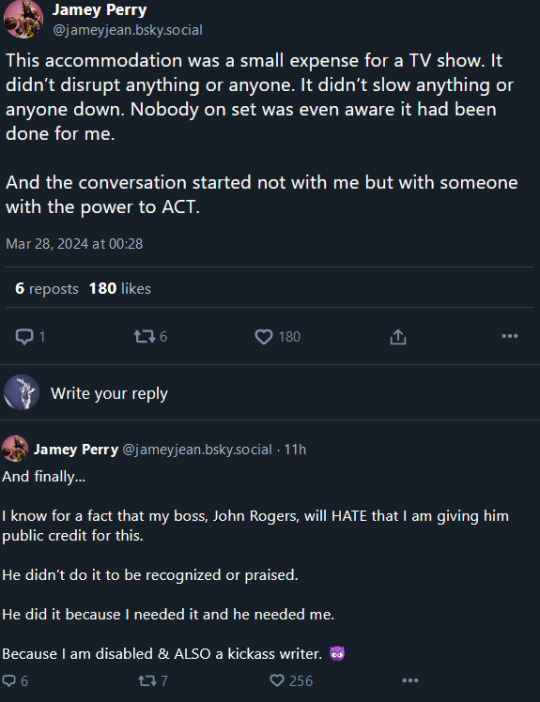
As a disabled person who's loved LEVERAGE and LEVERAGE REDEMPTION since the beginning - for the characters but also the whole ethos of performing acts that help people against crap systems, it's wonderful to be reminded that it springs from reality.
22K notes
·
View notes
Text

Gaza is already the most intense starvation catastrophe of recent decades. The death toll from hunger and disease may soon surpass the body count from bombs and bullets.
The Famine Review Committee reported this week that Gaza is facing “imminent famine”.
The Integrated Phase Classification (IPC) system, set up 20 years ago, provides the most authoritative assessments of humanitarian crises. Its figures for Gaza are the worst ever by any metric. It estimates that 677,000 people, or 32% of all Gazans, are in “catastrophic” conditions today and a further 41% are in “emergency” conditions. It expects fully half of Gazans, more than 1 million people, to be in “catastrophe” or “famine” within weeks.
A parallel report from the Famine Early Warning System Network of the US Agency for International Development sounds the same alarm. It is the clearest warning that the network has given at any time in its 40-year history.
A rule of thumb is that “catastrophe” or “famine” conditions mean a daily death rate from from hunger or disease of two people out of 10,000. About half are children under five years old. The arithmetic is simple. For a population of 1 million, that is 200 deaths per day, 6,000 per month.
9K notes
·
View notes
Text










My Mũi Né, Phan Thiết City trip.
Pic 1-2: The view from my room
Pic 3-9: Suối Tiên (Fairy Stream)
Pic 10-11: The Red Sand Dunes
3 notes
·
View notes
Text

filmed a truck coming in that contained the oranges that Abu Rabeh, the shop owner, was throwing onto the aid trucks ♥️
52K notes
·
View notes
Text


4 words commission: gay, dandelion, smoke, cowboy
1K notes
·
View notes
Text

4 notes
·
View notes

